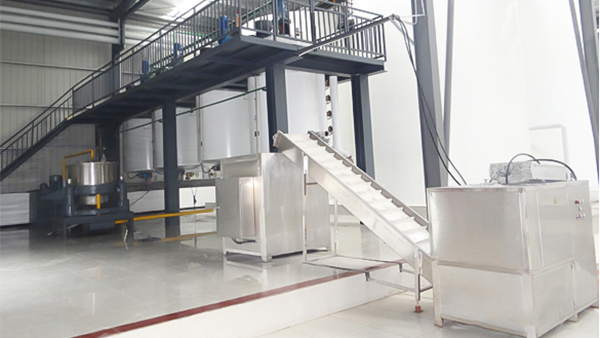First Stage of Vegetable Oil Refining Process
Degumming is the first process in the vegetable oil refining which commences with the heating of crude oil. The feedstock is taken into the degumming vessel where the temperature of oil is raised slowly.
The main purpose of degumming is to remove the Phospholipids / Gums from the crude vegetable oils. There are generally two different types of phospholipids present in the crude oil depending upon their hydration levels:
- Hydratable or Water Degumming
- Non-Hydratable or Acid Degumming
Water Degumming Process:
In water degumming method, the crude oil is hydrated by mixing calculated amount of water. Since hydrated gums are insoluble in oil, hence it gets precipitated. These hydrated gums are then separated from oil. In this stage, only hydratable gums are removed.
Water Degumming is also employed for Low FFA Crude Oils where degumming is followed by Neutralization and Water Washing.
Acid Degumming Process:
For removal of Non-hydratable gums, water degumming is not suitable and the oil is conditioned by acid media such as phosphoric acid. The content of phosphoric acid addition depends on the amount of gums present as well as the type of oil being refined.
Acid Degumming is perfectly suitable for High FFA Crude Oils where acid washing is followed by Water Washing and ensures total degumming. Due to the variable content of phospholipids in crude oils, analysis of phosphorus prior to acid treatment is necessary to ensure that the acid dosage is correct.
Importance of Degumming Process
Below are the prime important points for undertaking the degumming process in refinery:
- Elimination of Phosphatides from the crude oils to improve the quality.
- To avoid high refining losses.
- To avoid their decomposition so that oil does not darken due to their thermal instability.

